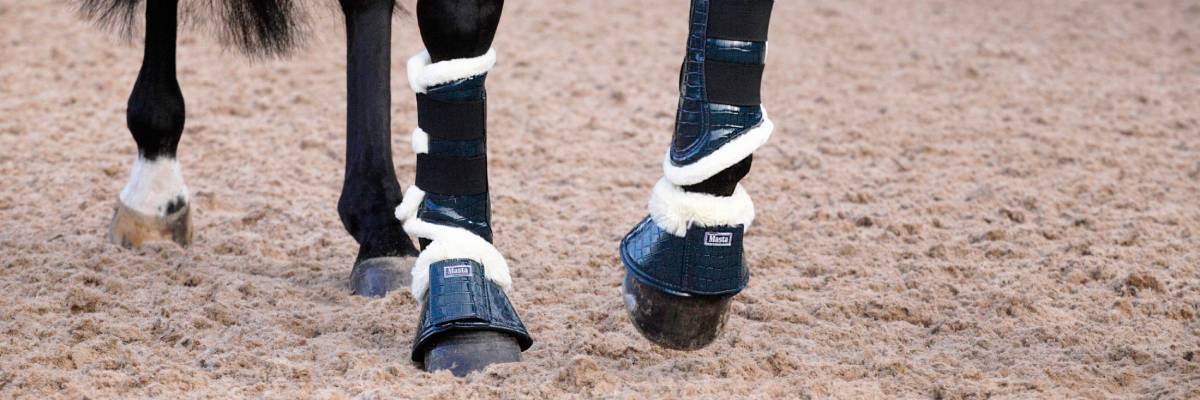
In the third blog of our Dressage Debunked series, International dressage rider, trainer and judge Steph Croxford discusses travers (often referred to a haunches-in). One of the early dressage moves you would teach your horse. We look at what travers is, the purpose of it and how to ride it.
What is travers
The best way to explain travers, is to say it’s essentially a reverse shoulder-in that can be ridden in trot or canter. The horse is slightly bent around the inside leg of the rider with a greater degree of bend than in shoulder-in. A constant angle of around 35 degrees should be seen from the front. The forehand remains on the track and the quarters are moved inwards. The horse’s outside legs pass and cross in front of the inside legs and the horse is bent in the direction in which it is moving.
Dressage levels explained
You will find travers in Medium level dressage tests under British Dressage rules.
The purpose of travers
Travers shows a fluent collected trot movement on a straight line and a correct bend. Front and hind legs are crossing, balance and cadence are maintained. It teaches collection, engagement and flexion.
Dressage Debunked
Learn more from Steph Croxford with Dressage Debunked by reading our previous post, about How to Leg Yield; or our next post, about How to Ride Shoulder-in
How to ride travers
British Dressage states that travers can be performed in collected trot or collected canter. The horse is slightly bent around the inside leg of the rider but with a greater degree of bend than in shoulder-in. A constant angle of approximately 35 degrees should be shown (from the front and from behind you want to see four tracks). The forehand remains on the track and the quarters are moved inwards. The horse’s outside legs pass and cross in front of the inside legs. The horse is bent in the direction in which it is moving. To start the travers, the quarters must leave the track or, not be brought back onto the track after a corner or circle. At the end of the travers, the quarters are brought back on the track (without any counter -flexion of the poll/neck).
The aim of travers is to show a fluent collected trot or canter movement on a straight line and a correct ben. Front and hind legs are crossing, with balance and cadence maintained.
Watch and listen as Steph Croxford explains how to ride travers:
Where to practice travers
Travers can be ridden in an arena, a field or while hacking if it’s safe to do so. As with leg yielding, it can be an effective tool to help you manoeuvre your horse around objects in the road. It’s great to use while warming up your horse to get them listening to you and engaging their whole body.
What other professionals say...dressage rider Matt Hicks on travers
“It’s a fantastic suppling exercise that encourages the horse to stretch through its rib cage. If you can perfect your shoulder-in and travers then teaching half-pass will be a breeze! The more lateral work you do such as travers, the more the overall level of your horse’s work will improve as their balance and rhythm becomes more consistent and their body gets stronger.”
Additional sources to help you learn more about travers The British Dressage Rulebook outlines the key things to look for when it comes to travers or you can listen to this short podcast about how to ride travers.
